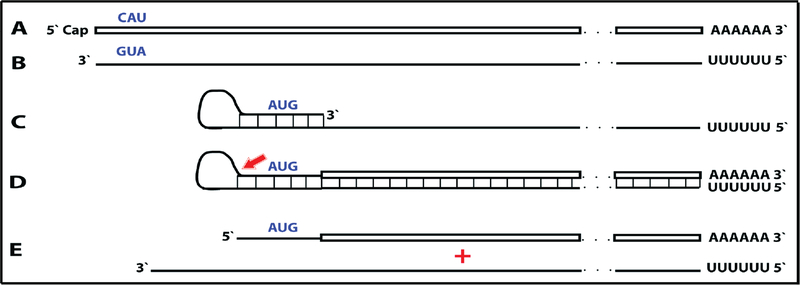Figure 14: RNA-dependent mRNA amplification process may activate a dormant protein-encoding information and generate polypeptides non-contiguously encoded in the genome.
Boxed line: Sense strand RNA. Single line: Antisense strand RNA. “AUG” (in blue): functional translation initiation codon (could be other than “AUG”). 5’-CAU-3’ (in blue) on the sense RNA: Complement of 5’-AUG-3’ on the antisense RNA. Red arrow: Position of cleavage of the chimeric intermediate. A: Genome-originated “dormant” mRNA containing protein-encoding information but lacking in-frame translation initiation codon. B: Antisense complement of conventional mRNA. Note that 3’-GUA-5’(in blue) is the 5’- AUG-3’. C: Folding of the antisense strand into self-priming configuration. D: Extension of self-primed antisense strand into sense-oriented sequence followed by strand separation and cleavage of the chimeric intermediate. E: End products of RNA-dependent mRNA amplification. Note that translation of the chimeric RNA end product starts from the antisense RNA-originated initiation codon (“AUG”, in blue) and produces a chimeric polypeptide non-contiguously encoded in the genome.

